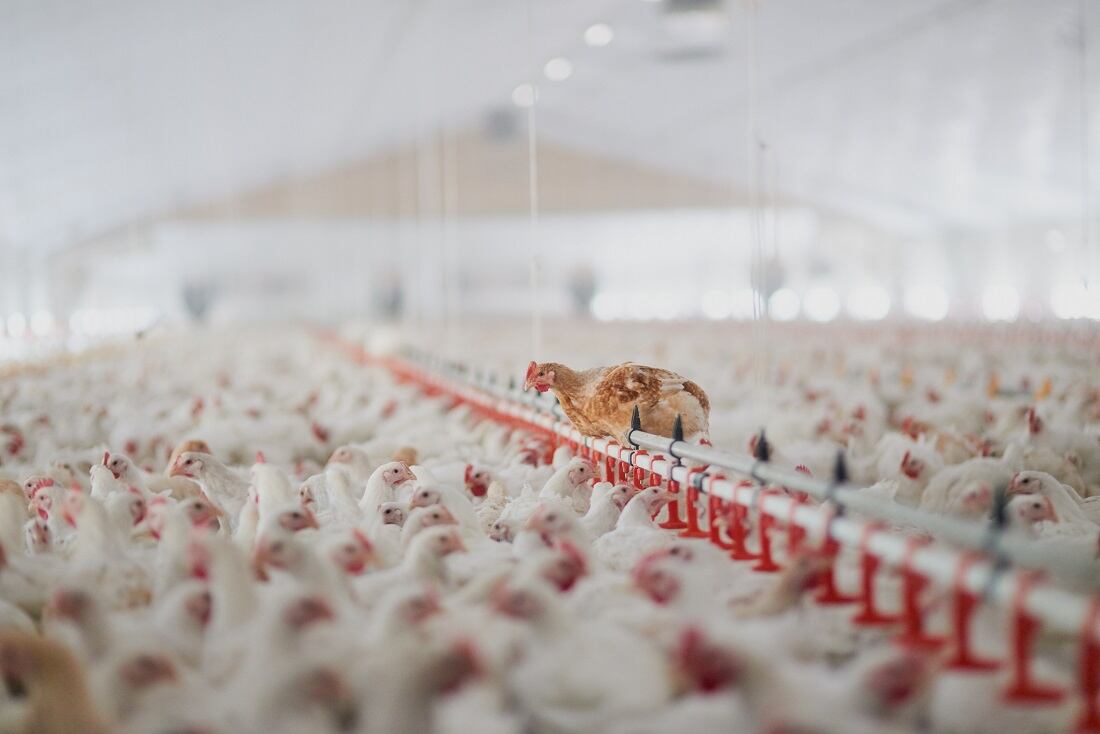The index report, now in its fourth year of publication, measures the ESG performance (by assessing companies' annual sustainability reports and other disclosed statements on ESG performance) of the 60 largest publicly-listed meat, fish, and dairy producers of the $1.6 trillion global protein market.
The report comes on the heels of the COP26 Summit in Glasgow, Scotland last month which established several environmental goals including a 30% reduction in methane and the end of deforestation by 2030.
"We will not hit those targets without addressing animal agriculture, which is the largest driver of both methane from human activity and deforestation," stated Jeremy Coller, founder and chair of the FAIRR Initiative and chief investment officer of Coller Capital.
According to FAIRR Index data from this past year, the vast majority of animal protein producers have yet to meaningfully address basic sustainability risks, with 85% of the largest meat, fish, and dairy producer failing to measure their releases of methane, a major contributor to global warming.
Coller argued that the sector has been "too slow to act on deforestation linked to feed production, antibiotic use and the treatment of manure generated by the 70 billion farmed animals around the world, which amounts to twice as much waste as produced by the entire human population."
Areas of 'encouraging' progress
Despite a strong urge and call to action to overhaul its environmental and sustainability practices, the animal protein industry has made progress in some areas, noted FAIRR, which found that 87% of companies measured in the report improved their score in the report -- a combination of FAIRR's nine risk factors (GHG Emissions; Deforestation & Biodiversity; Water Use & Scarcity; Waste & Pollution; Antibiotics; Animal Welfare; Working Conditions; Food Safety; Governance).
"It is encouraging this year that more producers now have science-based emissions reductions targets compared to 2020, and nine are investing in sustainable feed ingredients or production to de-risk their supply chains," noted Coller.
"It’s also encouraging that almost half are now working on alternative proteins, up from a quarter in 2019 following a boom in consumer interest during the coronavirus pandemic."
According to FAIRR's index data, the measured risk areas which saw the highest levels of improvement between 2020 and 2021 included a 26% improvement of greenhouse gas emissions, a 40% improvement in food safety, and 27% improvement in animal welfare.
Additionally, 17% fewer companies were marked as 'High Risk' for antibiotic use in 2021 compared to 2020, "a long overdue improvement," said Coller.
Regionally, companies headquartered in Europe are paying more attention to deforestation and antibiotic risks, making it the strongest performing region globally.
Aquaculture leads in sustainability progress
Breaking down the progress made by each sub sector of the animal protein industry, aquaculture companies (which represent 10% of the global protein market) scored better than other animal protein producers across all risk factors.
FAIRR noted that aquaculture companies -- primarily salmon companies -- have performed better than animal protein producers on all sustainability risk factors, improving their average score by 45% year-over-year.
"On average, aquaculture also shows the most improvement year-over-year, demonstrating the sector’s focus on managing its sustainability risks versus its land-based peers. However, a sticking point is the continued lack of interest from the sector on increasing alternative protein exposure, even as momentum builds in the alternative seafood space."
Interested in the alternative seafood market? Watch part three of FoodNavigator-USA’s Interactive Broadcast Series: Where next for seafood alternatives? From tuna to shrimp

Alternative protein 'presents the biggest opportunity'
The rising popularity of alternative proteins sources and significant increased activity in new product launches "presents the biggest opportunity to mitigate operational risks while building agility to respond to market and technological disruptions," noted FAIRR.
According to the report, nearly half of all companies have some sort of exposure to alternative proteins, ranging from alternative protein brand development, R&D investment, and venture investments in protein-related food technologies or acquisitions of alternative protein brands.
"As evidenced by the expansion in brands and investments, the listed animal protein space is paying attention to the growth opportunities offered by alternative proteins," added FAIRR.




